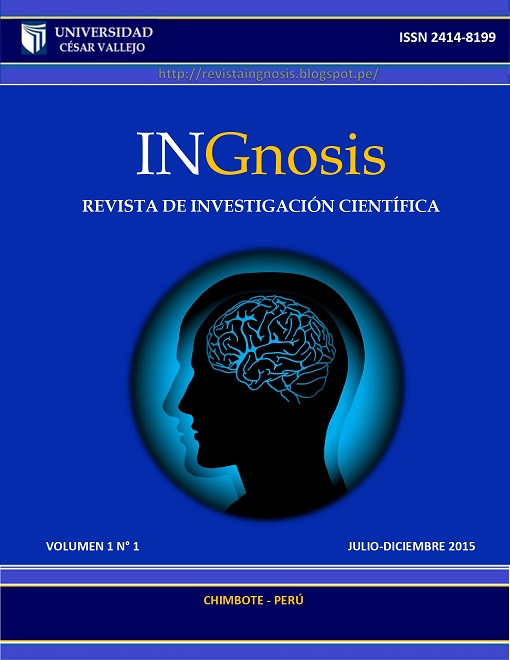Implementing conversion equipment liquid petroleum gas to reduce greenhouse gas emissions. 1ZR Motor, Toyota Corolla. IMASA MOTORS SAC. Chimbote 2015
DOI:
https://doi.org/10.18050/ingnosis.v1i1.1968Keywords:
Electronic injection, Conversion kit, Polluting gases, The maximum permissible limitsAbstract
The main objective of this research is to determine the critical points of engine operation to compare the emissions of gasoline with respect to liquefied petroleum gas (LPG) and make appropriate programming entry fuel to reduce levels gas emissions. The research study involves the installation of a conversion kit for LPG in the internal combustion engine, using the electronic injection original vehicle fuel, the data were recorded and tabulated in a spreadsheet determining the descriptive statistical data allowed the analysis and interpretation of the critical points of operation. The results obtained in this study were satisfactory, since a 50% reduction as regards hydrocarbons, 7% in respect to carbon monoxide and 9% decrease in regard was obtained carbon dioxide. The results obtained are located well below the maximum permissible limits, achieving prolong engine life and maintenance periods by working with a cleaner fuel.
Downloads
Published
How to Cite
Issue
Section
License

This work is licensed under a Creative Commons Attribution-NonCommercial 4.0 International License.











